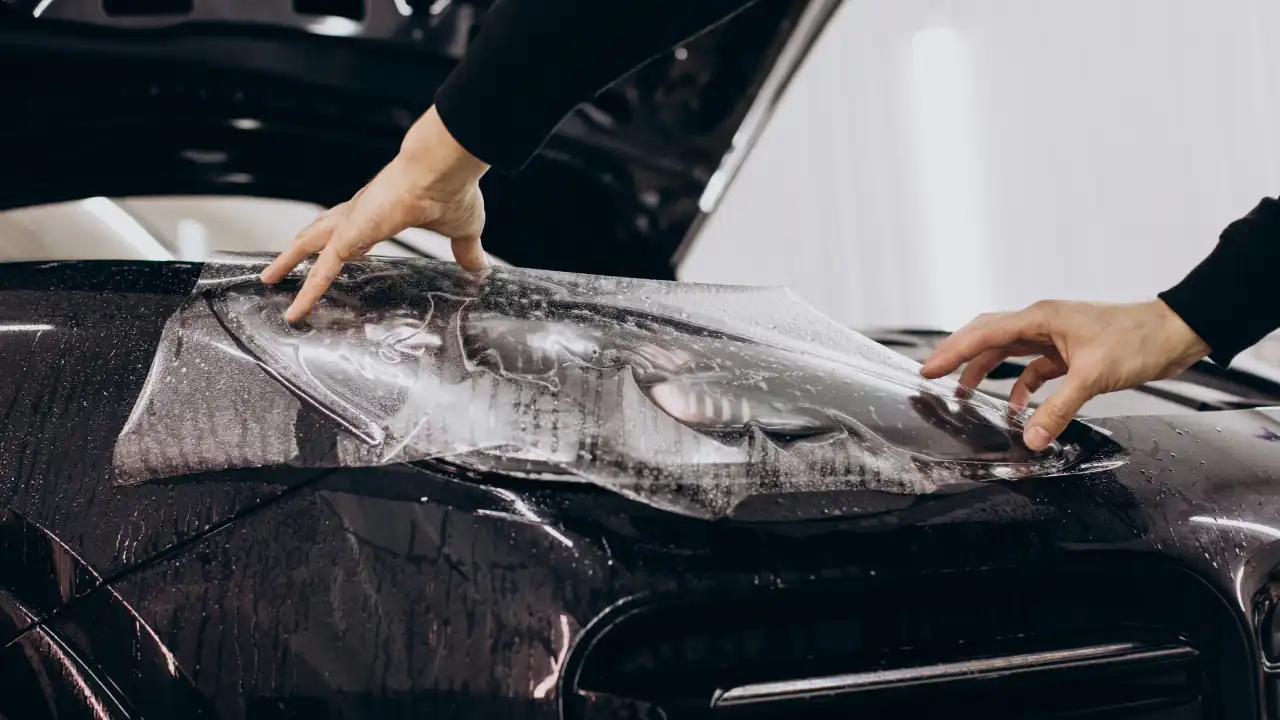The automotive industry’s evolution over recent years has displayed great innovation and the rise of new intelligent technologies. It’s become clear that customers worldwide are quick to adopt products and the latest technology if it makes their life easier, just like smartphones or hybrid electric vehicles. Many, if not all, value convenience, ease and affordability over anything else and the automotive industry is yet again racing towards a world, this time driven by sustainability. It’s predicted that by 2030, 55% of all new car sales in Europe may be fully electric! It’s no surprise that the foreseeable trends in the market today will pave the way for the future of automotive products.
Click 4 Reg who provide private number plates, has compiled a list of automotive industry trends for 2022 – so if you’ve got predictions, read on to find out if yours is included!
Trend #1 The Future Is Electrified
One that you probably are already aware of, but electric vehicles have significantly grown in 2022 thus far. As of June 2022, there were more than 510,000 battery-electric cars in the UK. 2021 saw the most considerable increase with more than 395,000 electric cars registered, which showed a massive growth of 92% compared to 2020.
The figures are telling of what is still yet to come for the automotive industry, with electric vehicles continuing to take the world by storm and more car brands manufacturing state-of-the-art electric vehicles. The transition to emissions-free vehicles is growing rapidly, with electric cars emitting very low levels of harmful substances compared to petrol or diesel vehicles.
It’s become a global initiative to go emission-free, and with many companies hopping on the sustainability trend to help the planet, it’s one we can all get behind.
Trend #2 AI Powered Autonomous Vehicles
The development of autonomous vehicles is a work in progress, but it’s become apparent that artificial intelligence and machine learning may be the next step in redefining individual mobility. AI and machine learning would require no human interaction, even in the most complex situations on the road.
AI software is extremely intelligent in simulating a human’s decision-making process using deep learning and controlling actions. Self-driving cars may be set to become the future of the automotive sector. You can learn more about the technological advances of self-driving vehicles online.
Trend #3 Digitisation
Digitisation, just like anything, is designed to strengthen the automotive industry. Automating manufacturing means we’ll start to see a pull away from manual labour and have smart systems such as collaborative robots and AI bots. All of which can share real-time data, 3D printing and whatever else is needed regarding production. Modern manufacturing now places a core focus on producing the safest cars possible, so we’re all safe on the road.
Machine Vision is a computer that can see via video cameras, analog to digital conversion, and digital signal processing. All of the data is then processed to a computer or robot controller. Machine Vision is being employed where reliability and safety are paramount.
It’s predicted that digitisation developments could add up to £74 billion by 2035 in the UK.
Over the course of many years, cities have offered car-sharing facilities as an alternative to traditional vehicle ownership. This gives users the solution of using a vehicle without needing to hire or purchase one. It also essentially reduces pollution usually caused by petrol or diesel vehicles. The sharing concept will become more economically viable with autonomous cars too.
Trend #5 3D Printing
You read it right, 3D printing. Every manufacturer’s goal is to produce better and safer performing cars that are better for the environment. And there is a massive untapped opportunity for 3D printing technology. This is already used to create prototypes, but developments in additive technologies allow manufacturers to 3D print tools and parts. This will not only help streamline production, but it’s a more cost-efficient, safer way to create economic car parts and products.
To conclude, these automotive industry trends are set to develop not only throughout 2022 but also in the upcoming years. Trials and testing will take place, especially with AI machines, robots and 3D printing, but the future of vehicles is undoubtedly electric.
Image Credits: Pexels




More Stories
From Track to Gala: The VIP Experience at Supercar Rally Events
Keep Your Vehicle New with the Best Paint Protection Film
Why More Drivers Are Choosing Vinyl Wrap for Their Vehicles